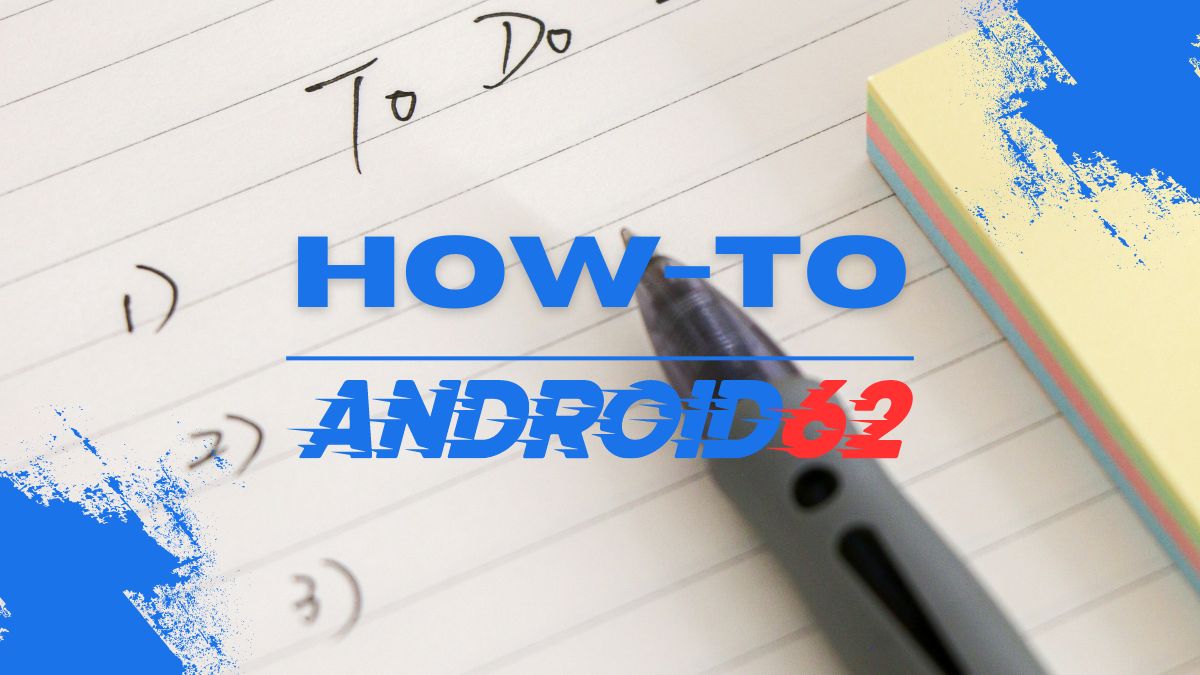
Introduction
When studying physics or engaging in any activity involving motion, understanding how to calculate the final velocity of an object is crucial. Final velocity refers to the speed and direction of an object at the end of a specific time interval. Whether you are a student, engineer, or anyone with an interest in physics, knowing how to find final velocity can be beneficial. In this comprehensive guide, we will explore various methods and formulas to determine final velocity in different scenarios.
Formulas for Finding Final Velocity
There are several formulas that can be used to calculate the final velocity of an object, depending on the given parameters. Below are some of the most commonly used formulas:
- Final Velocity Formula: The general formula to find final velocity (v) is v = u + at, where:
- v is the final velocity
- u is the initial velocity
- a is the acceleration
- t is the time taken
- Final Velocity Formula (when displacement is known): If you know the initial velocity, acceleration, and displacement, you can use the formula v2 = u2 + 2as to calculate the final velocity, where:
- s is the displacement
- Final Velocity Formula (when force is known): If force (F) and mass (m) are given, the formula v = u + (F/m)t can be used to find the final velocity, where:
- F is the force applied
- m is the mass of the object
Steps to Calculate Final Velocity
Now that we have discussed the formulas, let’s outline the steps to calculate final velocity using the general formula v = u + at:
- Determine the initial velocity: Identify the initial speed or velocity of the object in question (u).
- Find the acceleration: Determine the rate at which the object’s velocity is changing (a).
- Specify the time duration: Define the time interval for which you want to calculate the final velocity (t).
- Substitute into the formula: Plug the values of u, a, and t into the formula v = u + at.
- Calculate the final velocity: After substituting the values, solve the equation to find the final velocity (v).
Examples and Applications
Understanding how to find final velocity is essential in various real-world scenarios and academic problems. Let’s look at some examples to illustrate the concept:
- Example 1: A car accelerates from rest at a rate of 3 m/s2 for 5 seconds. Calculate the final velocity of the car.
- Example 2: An object is dropped from a height of 50 meters. Determine its final velocity when it hits the ground due to gravity.
- Example 3: A rocket is launched into space with an initial velocity of 2000 m/s. If it experiences an acceleration of 100 m/s2, find its final velocity after 10 seconds.
Tips and Tricks
When dealing with final velocity calculations, here are some tips and tricks to keep in mind:
- Units Matter: Ensure that all values for velocity, acceleration, time, and displacement are in the correct units (e.g., meters per second, seconds) for accurate results.
- Multiple Formulas: Depending on the given parameters, you may need to use different formulas to calculate final velocity. Be familiar with various formulas and their applications.
- Practice Problems: To improve your understanding of final velocity calculations, practice solving different types of problems and scenarios.
Conclusion
Calculating final velocity is a fundamental concept in physics that allows us to understand the motion of objects and predict their behavior. By utilizing the appropriate formulas and following the necessary steps, finding the final velocity of an object becomes a manageable task. Whether you are studying for a physics exam or analyzing the motion of a moving object, the ability to determine final velocity is a valuable skill to possess.



